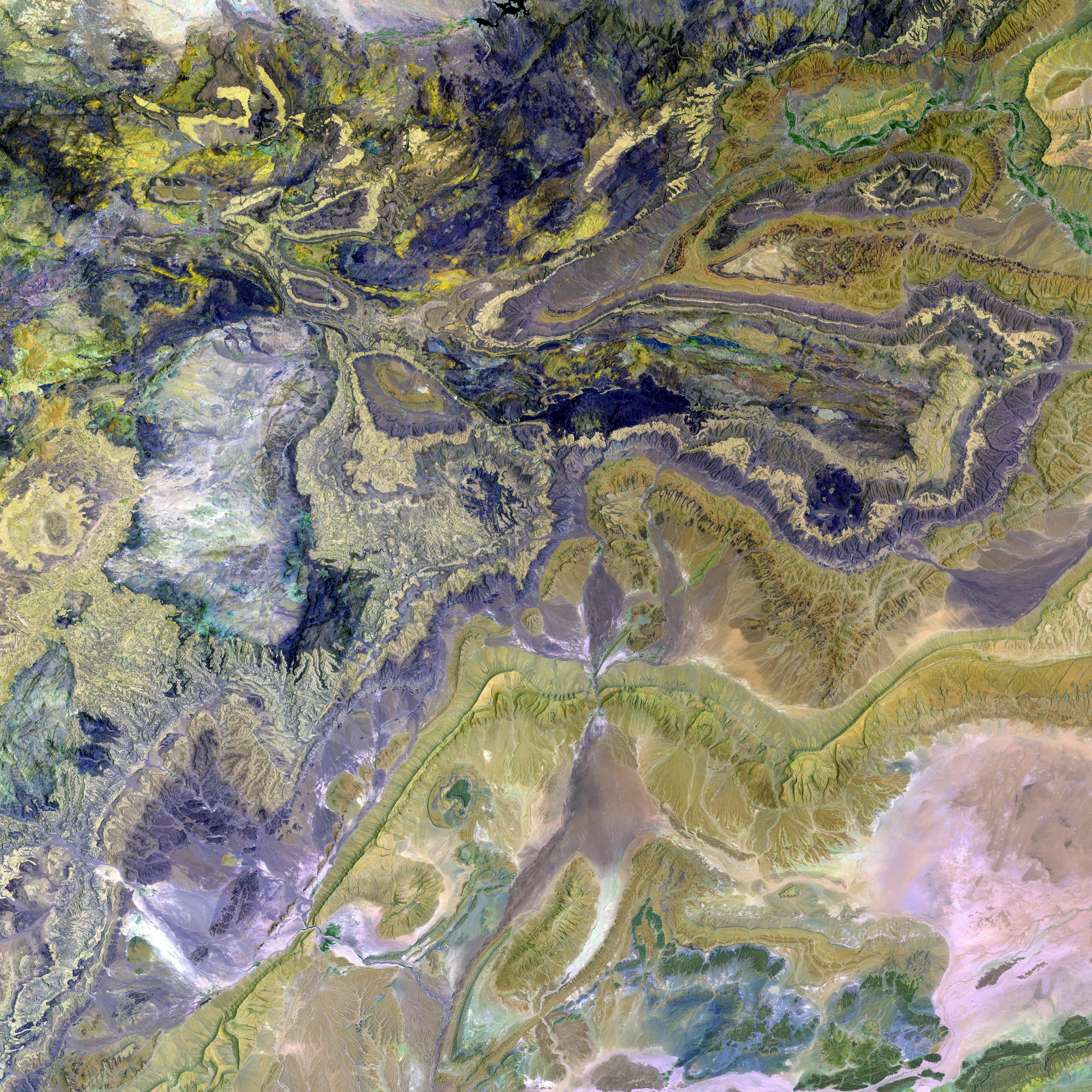Distinguishing Age Spots from Skin Cancer: An Essential Guide for Recognition
Age spots and skin cancer might look similar, but they're quite different. Here's a breakdown of these two conditions, their characteristics, and treatments.
Age spots, also known as solar lentigines or liver spots, are harmless brown or gray patches that usually occur on sun-exposed skin areas. They're generally flat, defined with clear borders, and may vary in size from a few millimeters to centimeters. Unlike skin cancer, age spots don't need any treatment or removal, as they're a natural part of aging.
On the other hand, skin cancer is a serious health concern. Similar to age spots, it generally appears on sun-exposed areas due to UV radiation damage. However, unlike age spots, skin cancer is harmful and may spread to other parts of the body if left untreated.
There are three main types of skin cancer: basal cell carcinoma, squamous cell carcinoma, and melanoma. Another condition, actinic keratosis, resembles age spots but is a precancerous growth caused by UV radiation damage. If left unchecked, actinic keratosis can potentially develop into skin cancer.
To identify potential signs of one of these conditions, it's essential to look out for differences in their symptoms, texture, and color.
Age spots are typically yellow, brown, or gray, with well-defined borders, and may be on the face, hands, shoulders, feet, arms, or back. In contrast, skin cancer can exhibit various irregularities such as asymmetrical shape, blurred or jagged edges, changing size, color, or shape, multiple colors, pink or blue coloring, raised patches, or crusty or scaly patches. Signs of actinic keratosis may include rough, scaly patches, red, gray, pink, or skin-colored patches, flat scaly patches that can look similar to age spots, or clustered acne-like bumps.
To ensure prompt medical attention, some signs indicate when it's time to contact a doctor: changes in color, shape, size, or location of moles; marks that look different from others on the skin; itching, scabbing, or bleeding marks that haven't healed within 4 weeks; or any lesions that are continually present or seem to be worsening.
A doctor may perform a physical examination or skin biopsy to diagnose age spots and other conditions. For treatment, age spots do not require medical attention, and various cosmetic treatments are available for those who want to reduce their appearance.
Skin cancer treatments depend on the type and stage, with possible options ranging from topical therapies, radiation therapy, chemotherapy, and immunotherapy to systemic medication. Undergoing proper diagnosis and early treatment of skin cancer is crucial for improving health outcomes.
So, remember: age spots are harmless, benign spots that require no treatment, while skin cancer is a severe health concern that requires prompt medical attention. Being vigilant about skin changes, seeing a doctor for any persistent lesions, and being aware of potential symptoms and risk factors can help protect your health.
- In dermatology, melanoma is a type of skin cancer that can exhibit various irregularities, such as asymmetrical shape, blurred or jagged edges, changing size, color, or shape, multiple colors, pink or blue coloring, raised patches, or crusty or scaly patches.
- Other skin cancers, like basal cell carcinoma and squamous cell carcinoma, can also demonstrate similar irregularities, making it crucial to pay close attention to any changes in skin conditions, especially on sun-exposed areas.
- Seniors should exercise extra caution, as they are at a higher risk for both age spots and skin cancer due to the accumulated effects of UV radiation exposure over several decades.
- In the field of medical-conditions, skin cancer, when left untreated, has the potential to spread to other body parts, posing a significant threat to a person's overall health and wellness.
- It's essential to advocate for skin-care practices that emphasize prevention and early detection through regular self-examinations, sun protection, and timely consultations with healthcare professionals when observing any unusual symptoms.








